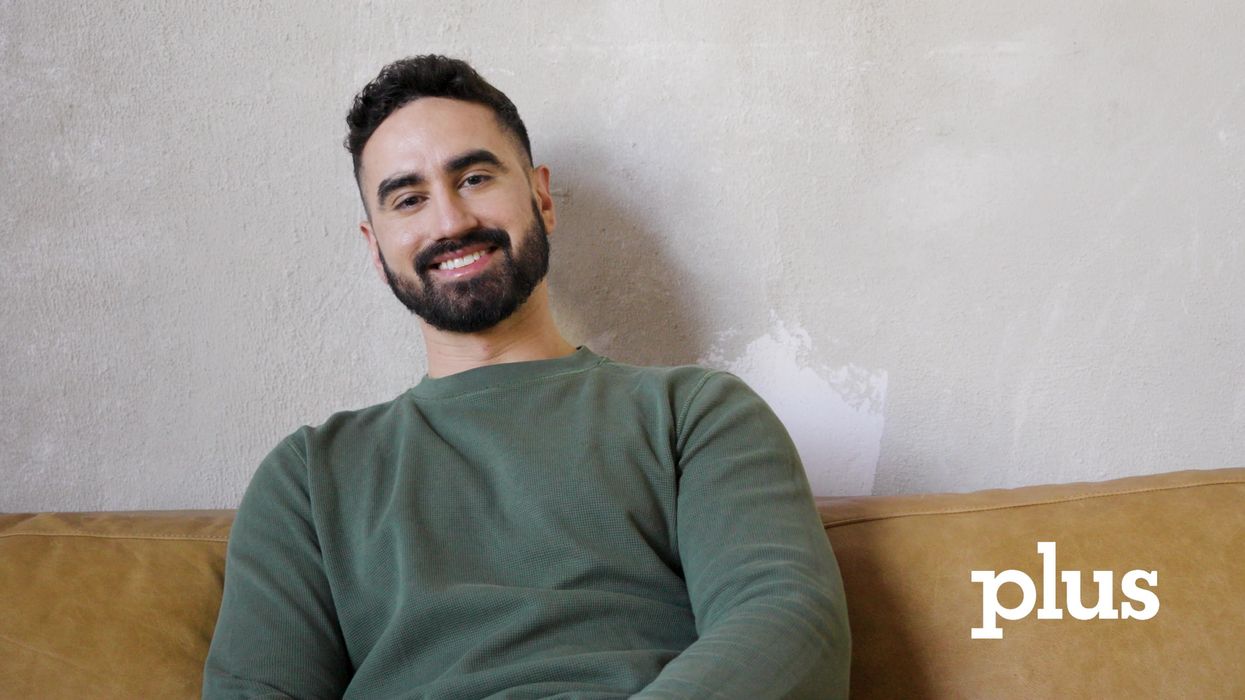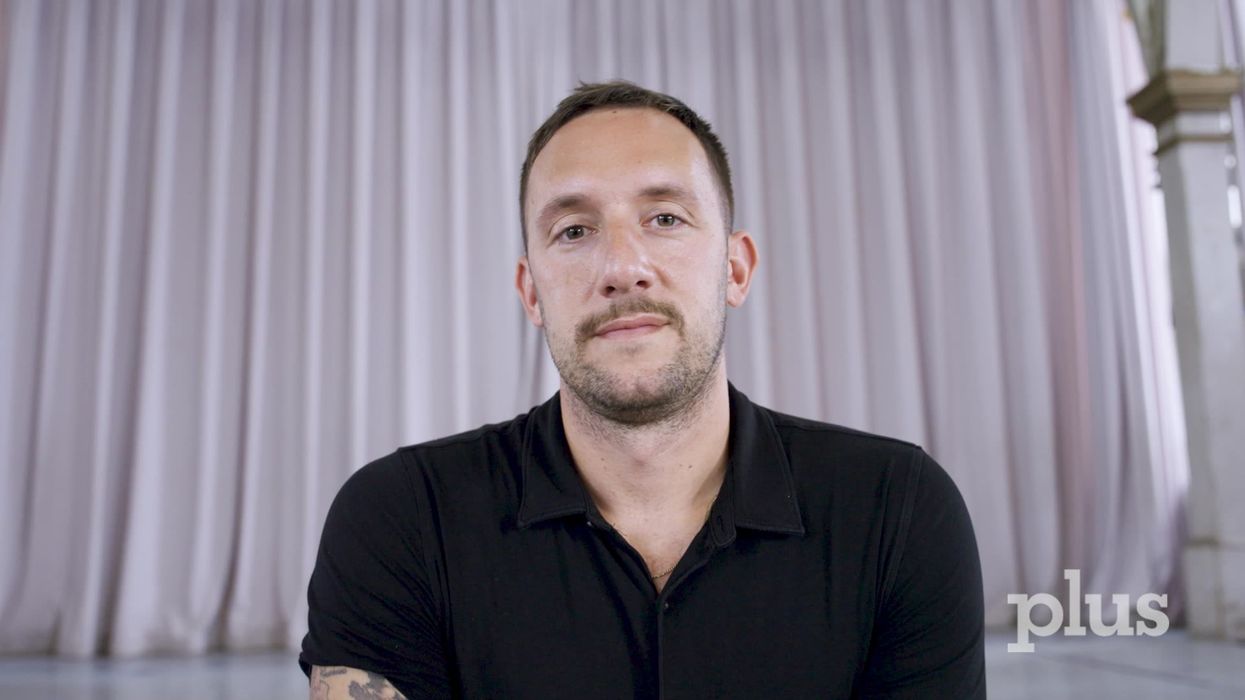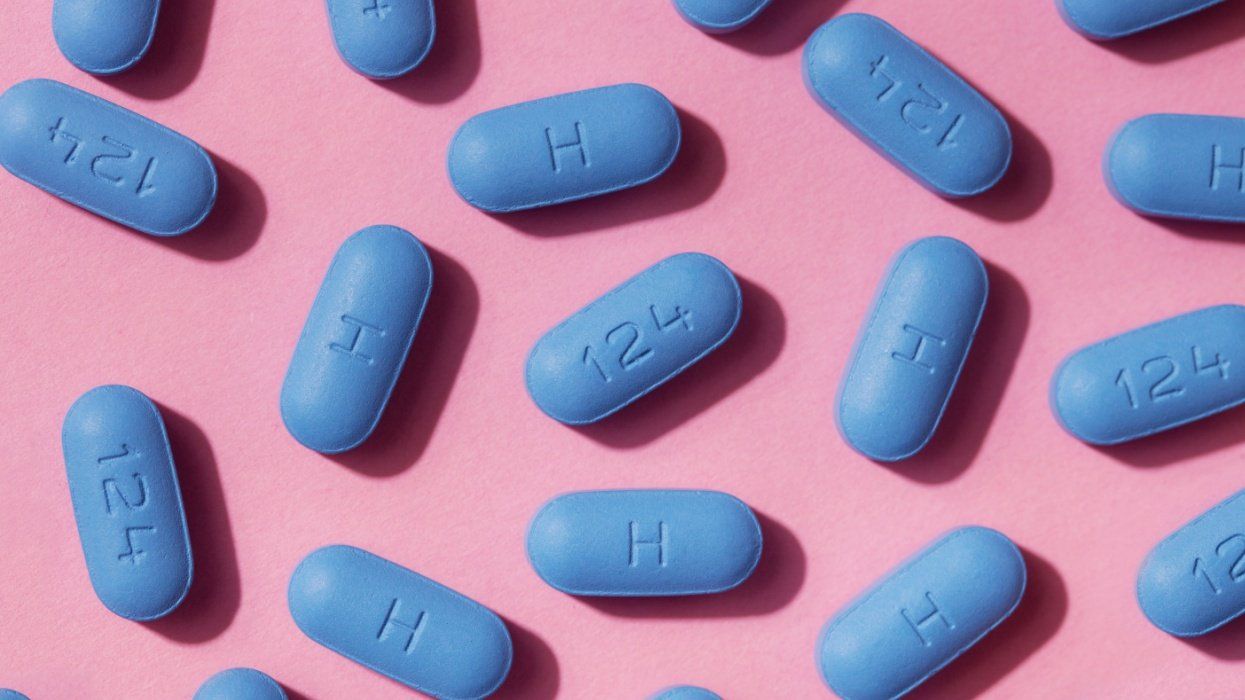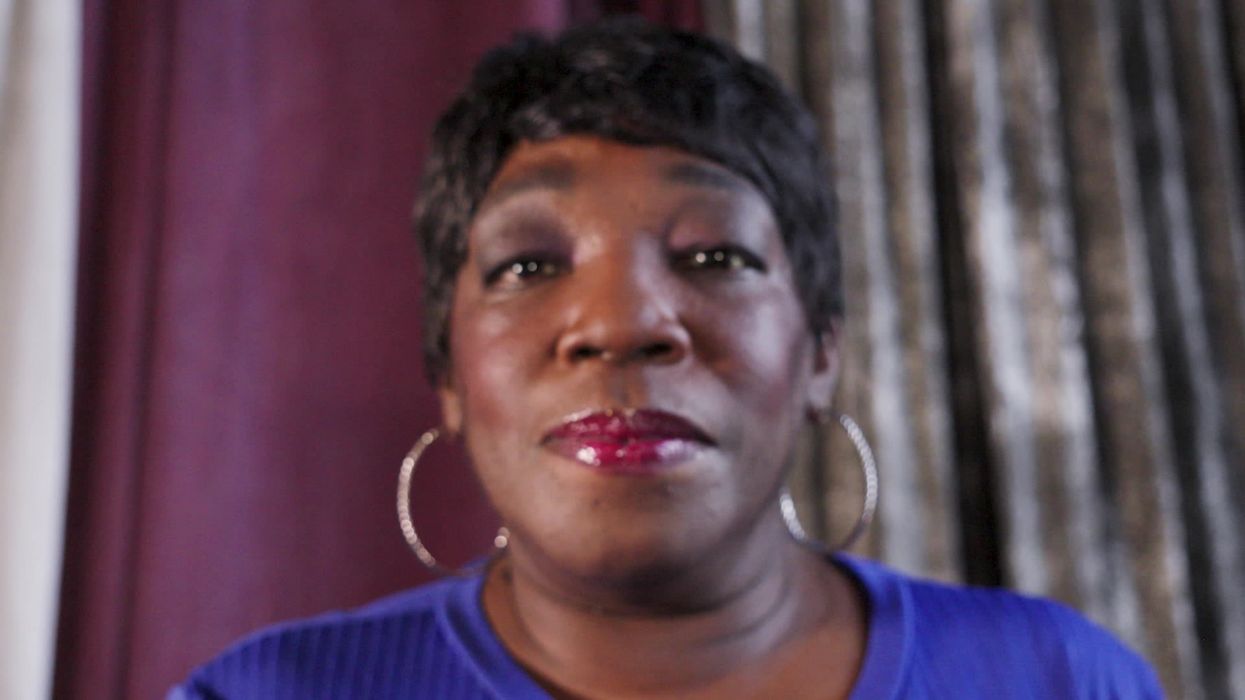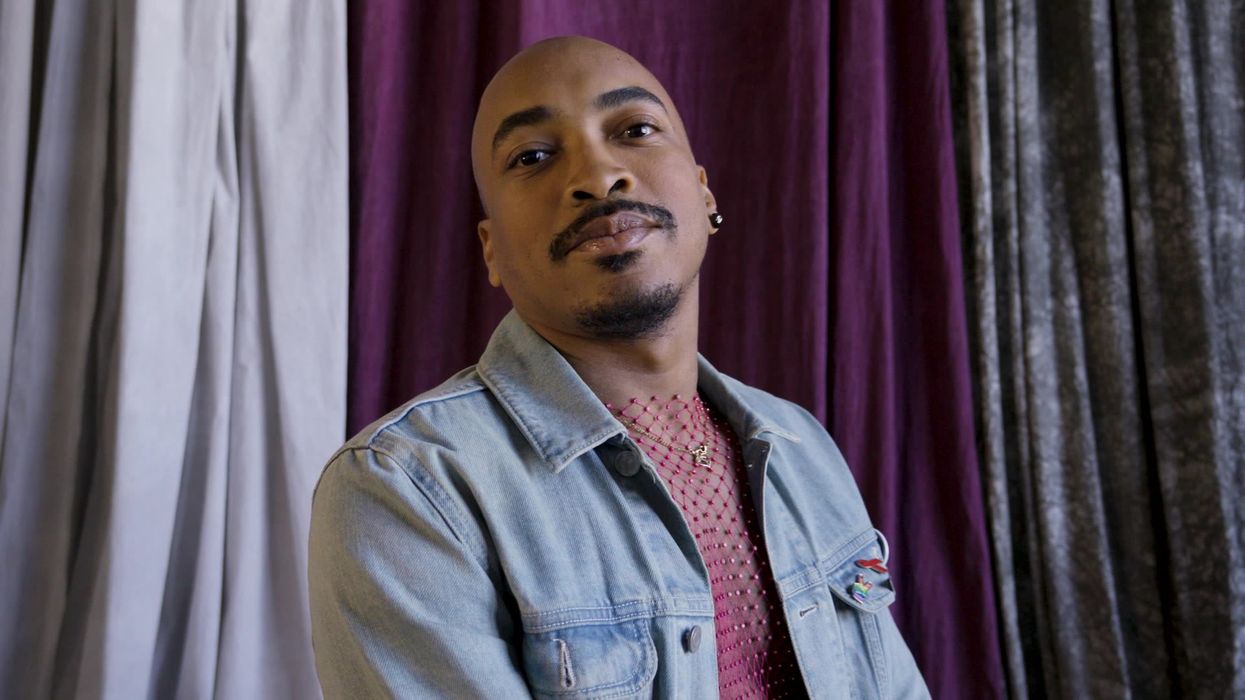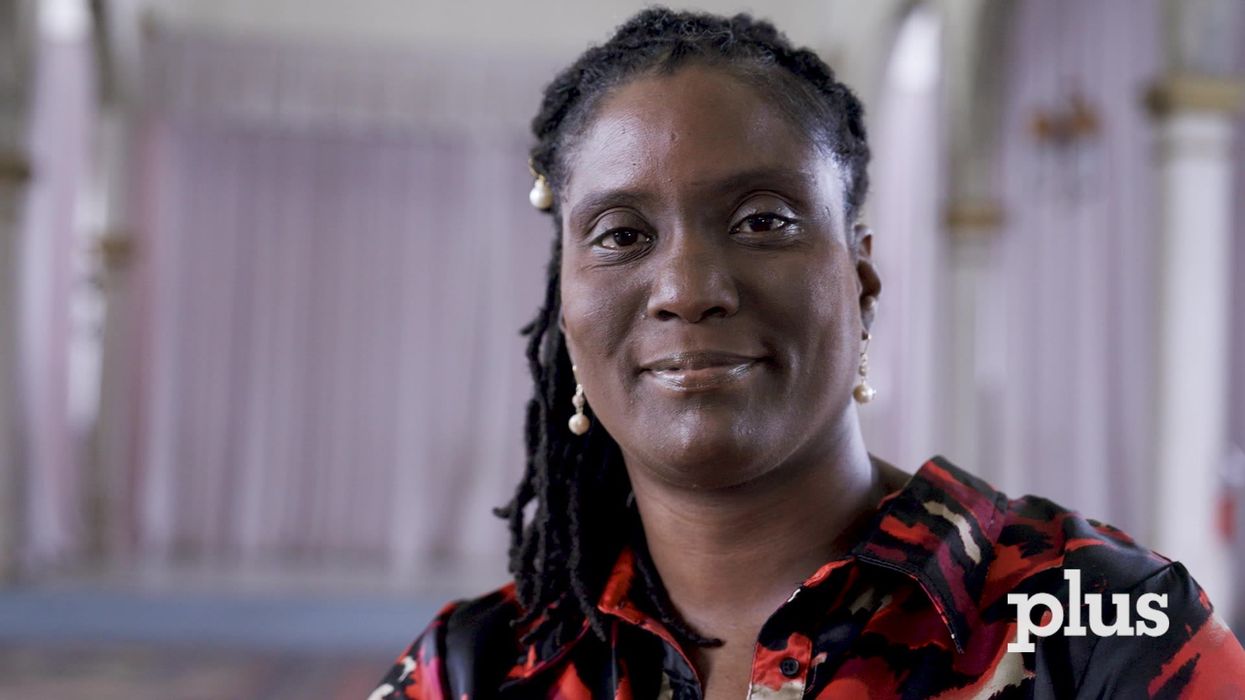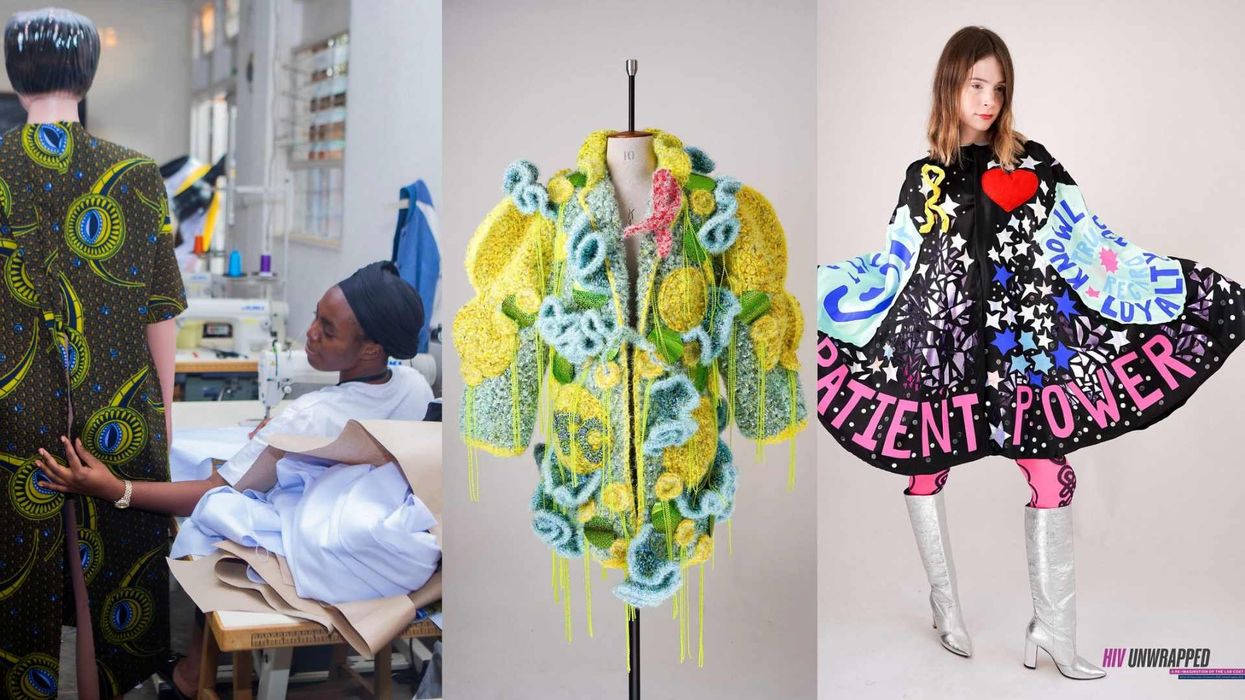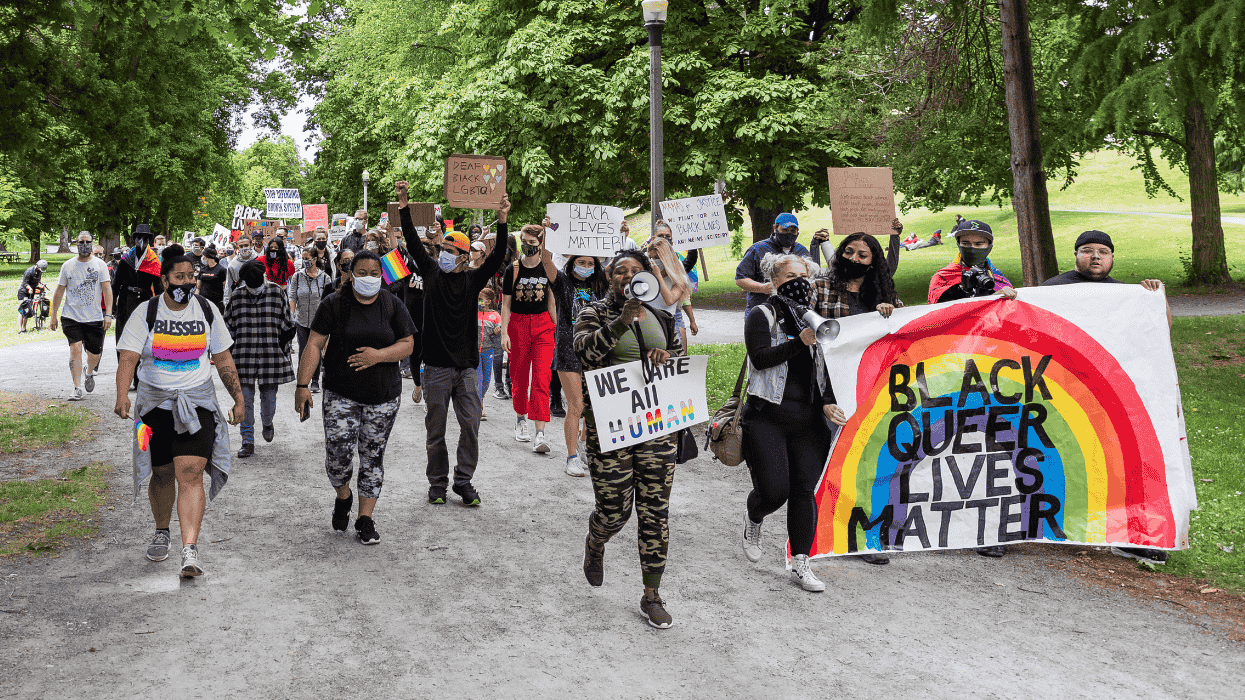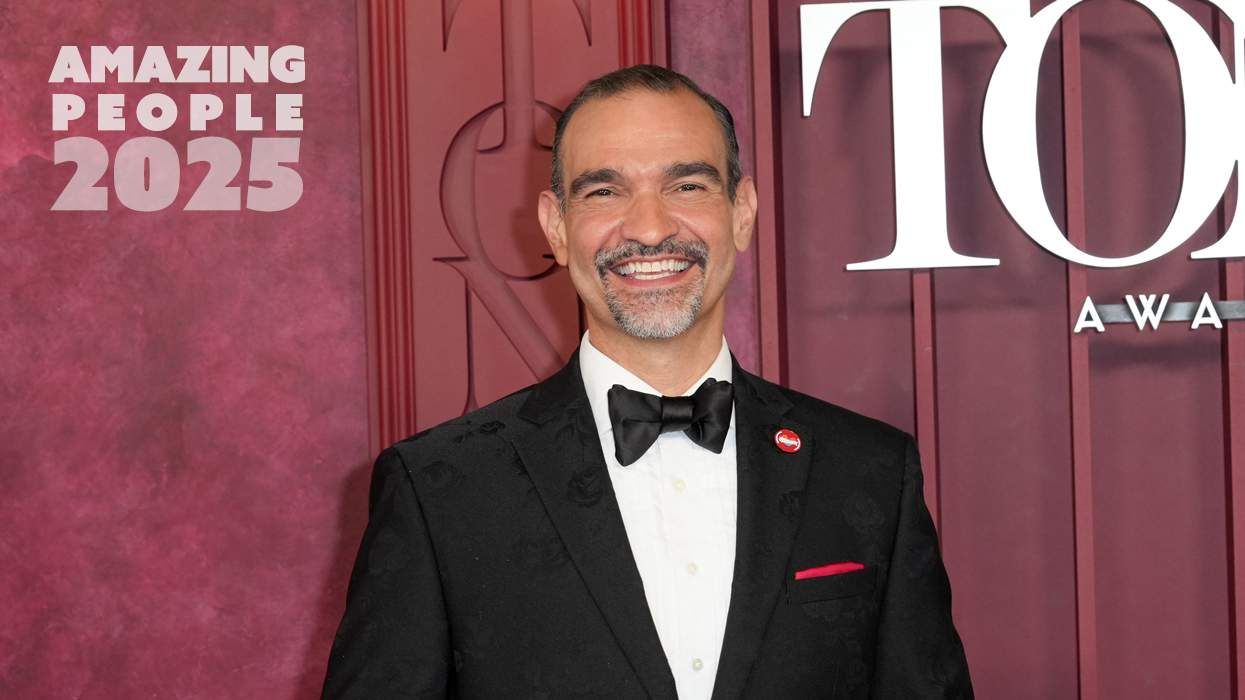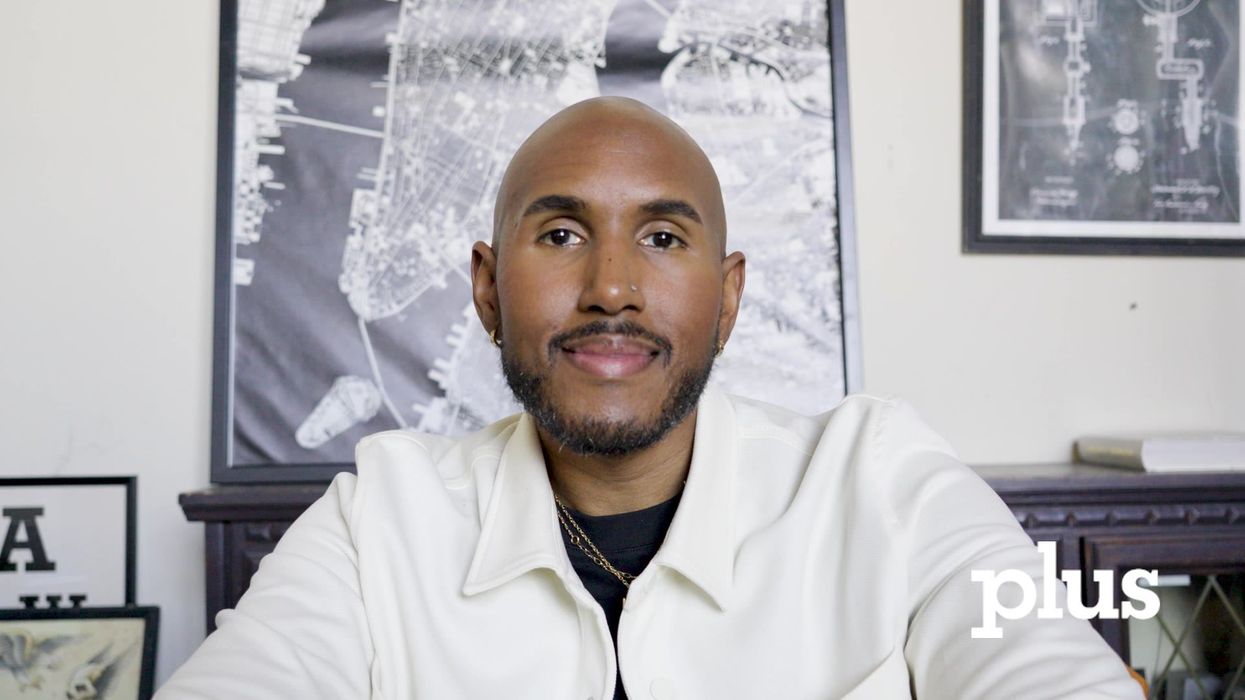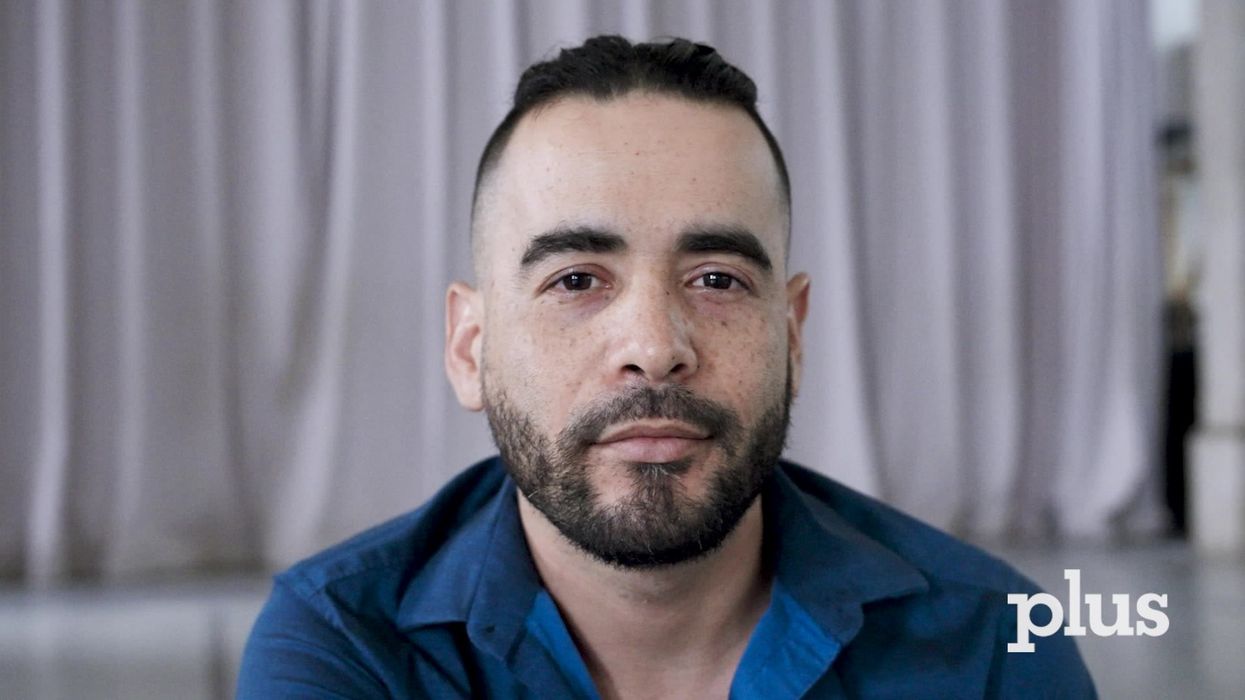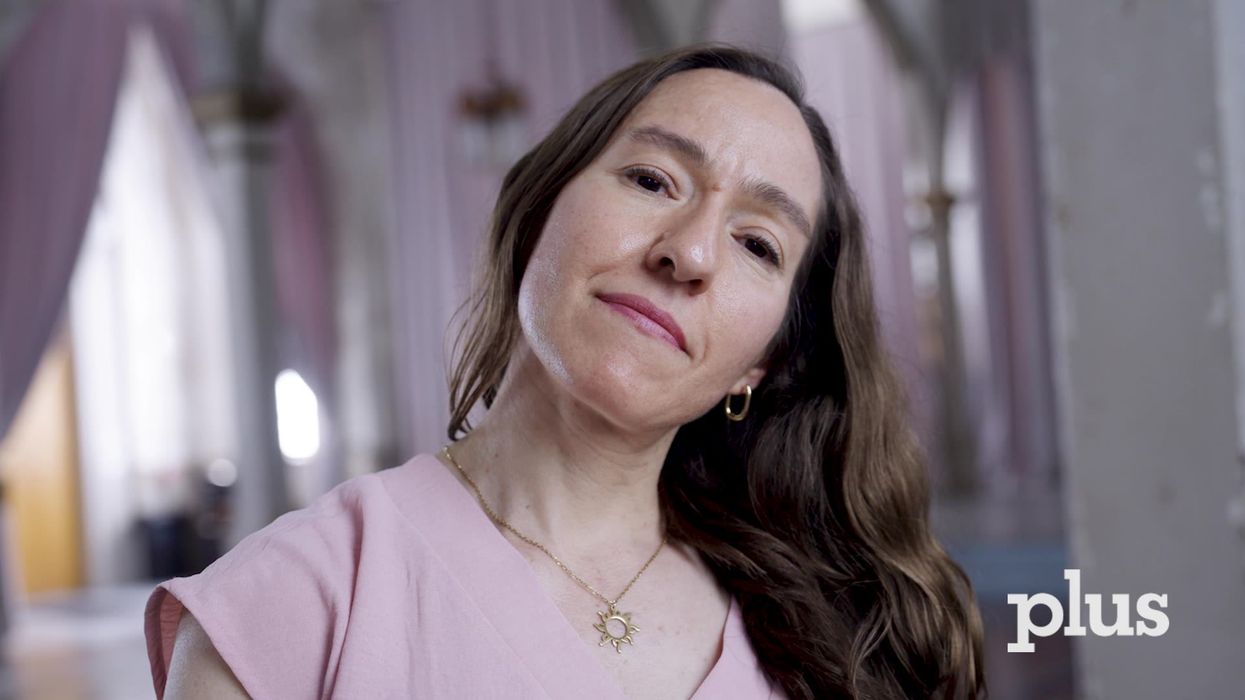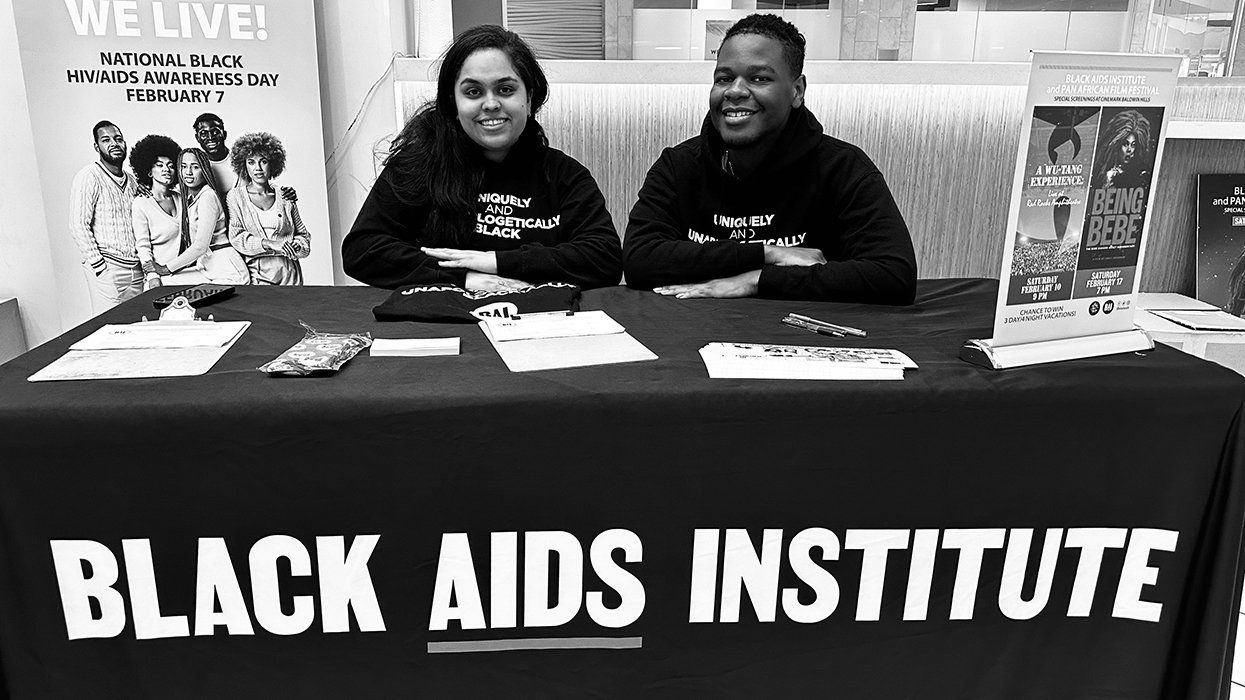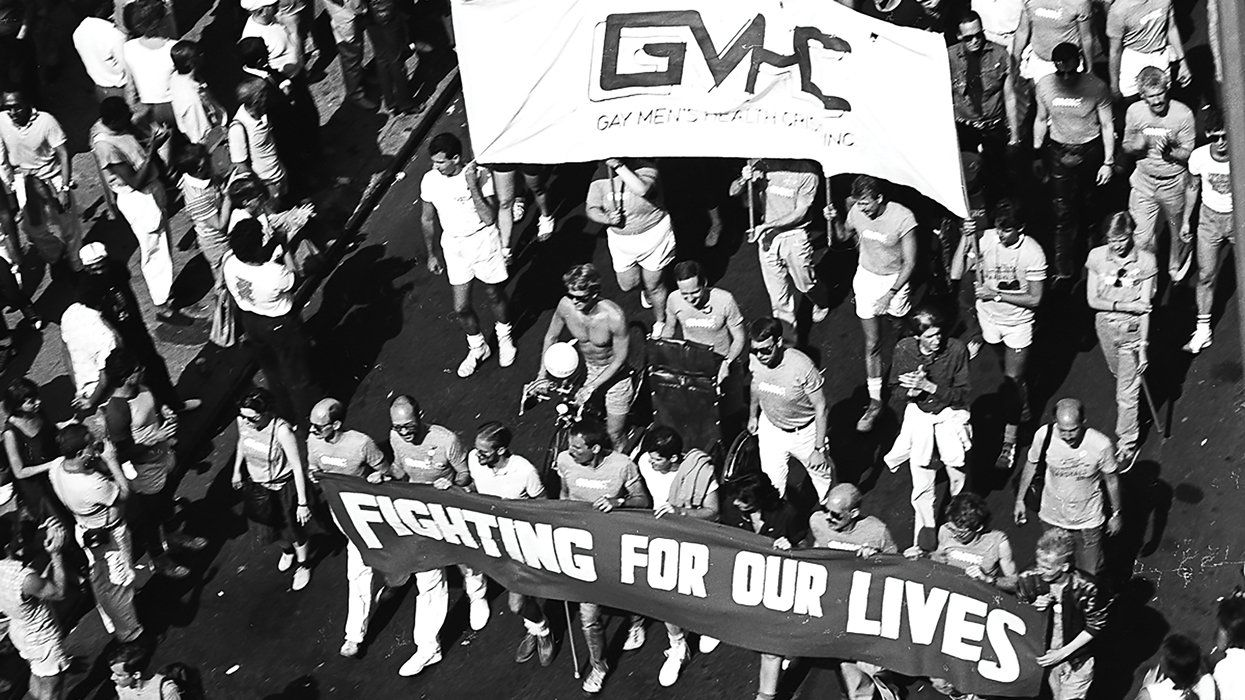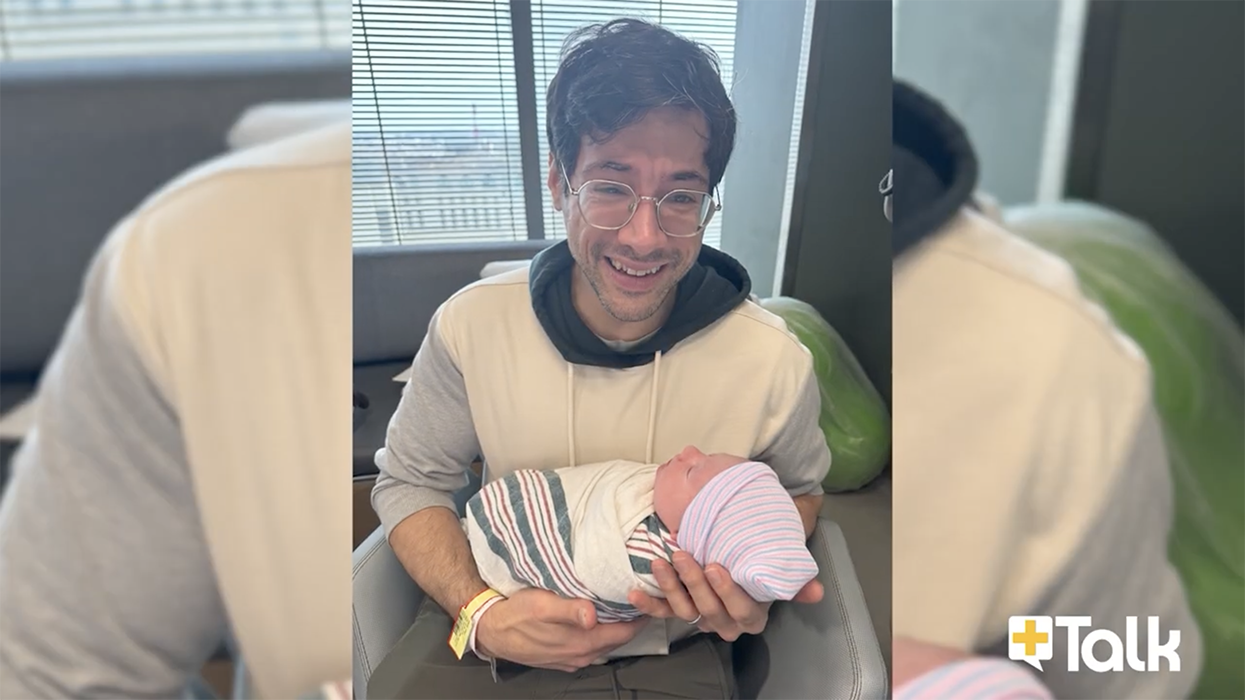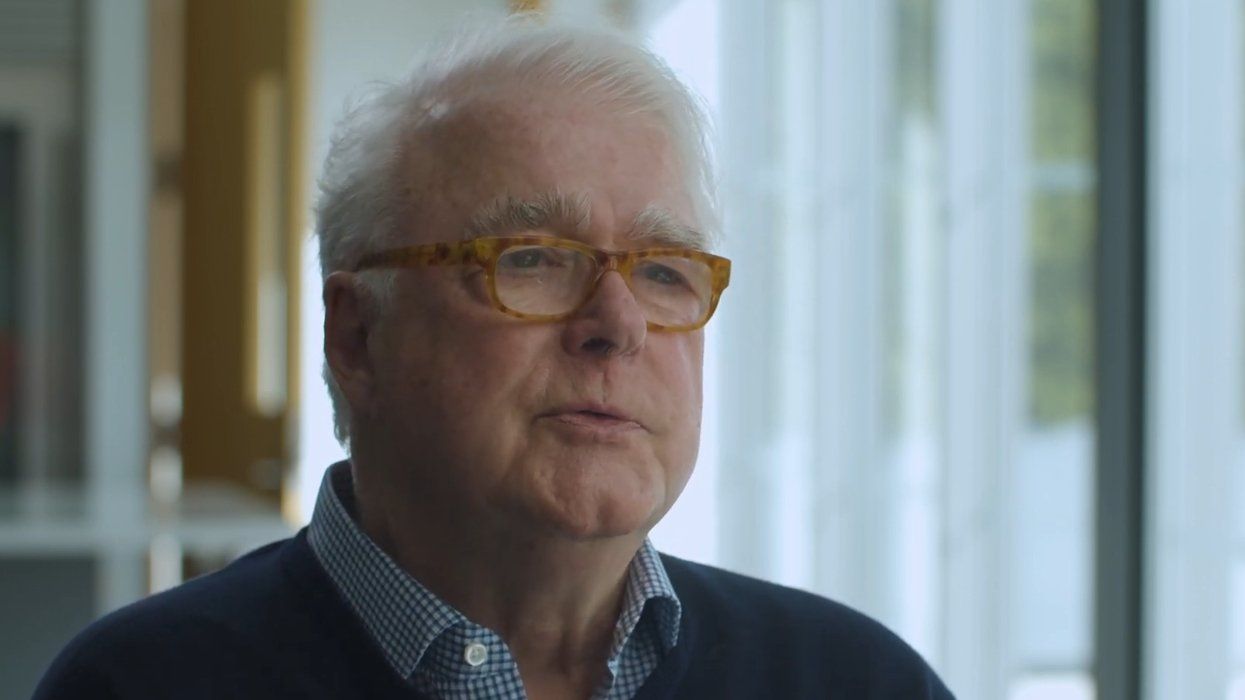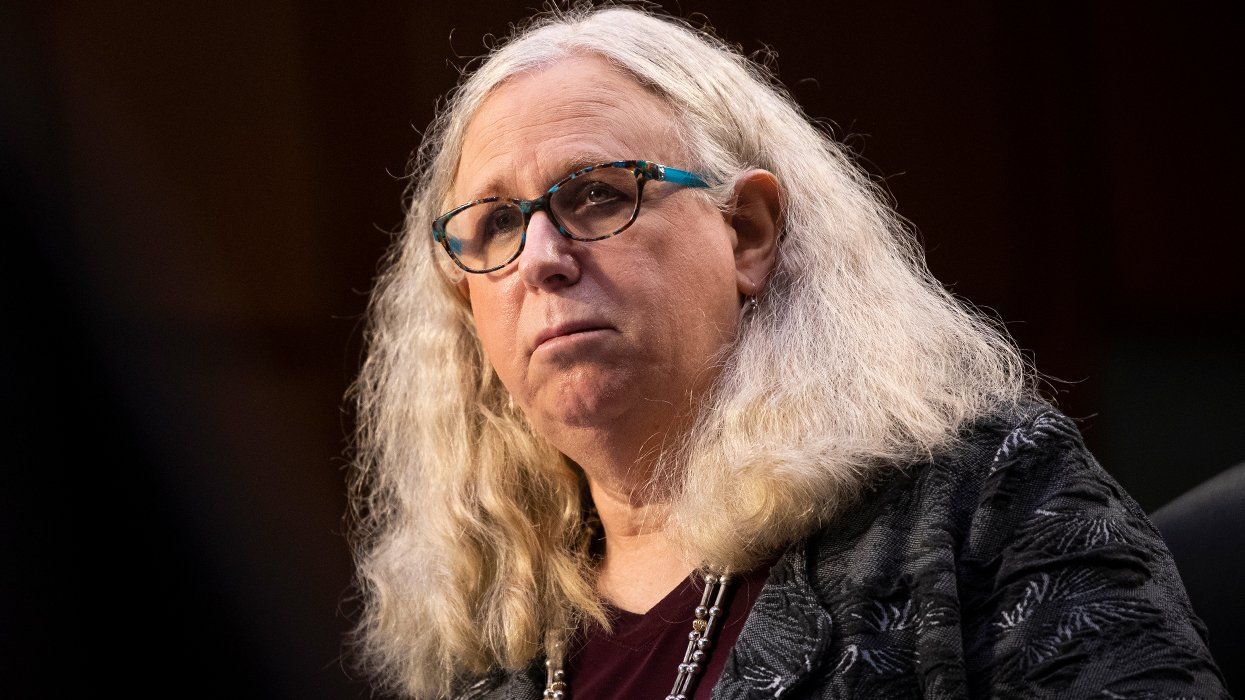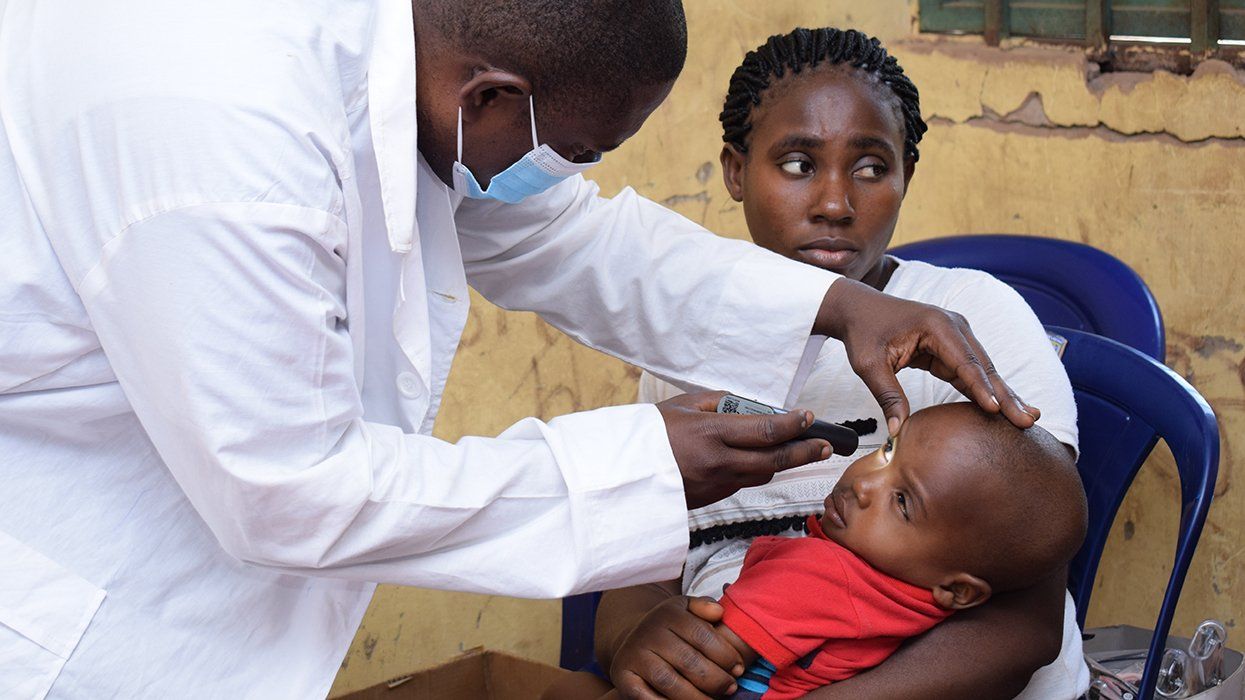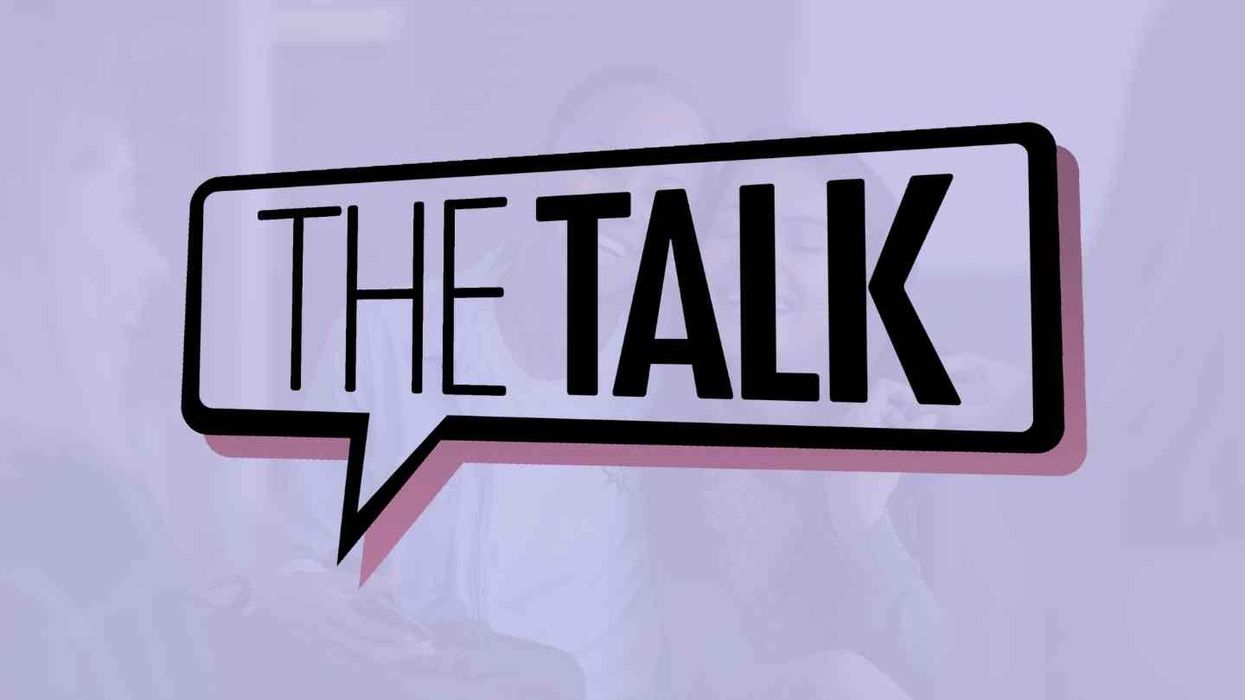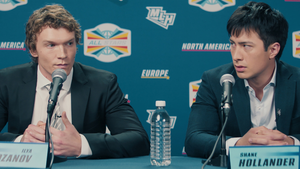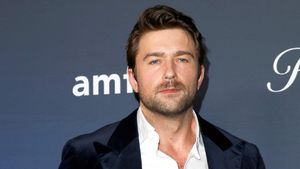Treatment GuideJust DiagnosedSex & DatingAfrican AmericanStigmaAsk the HIV DocPrEP En EspañolNewsVoicesPrint IssueVideoOut 100
CONTACTCAREER OPPORTUNITIESADVERTISE WITH USPRIVACY POLICYPRIVACY PREFERENCESTERMS OF USELEGAL NOTICE
© 2025 Pride Publishing Inc.
All Rights reserved
All Rights reserved
By continuing to use our site, you agree to our Privacy Policy and Terms of Use.
For the past decade we have been struggling to create and re-create anti-HIV regimens that contain three active drugs from the same three basic drug classes: nucleoside reverse transcriptase inhibitors, nonnukes, and protease inhibitors--with a little help from fusion inhibitor T-20 (Fuzeon) once it was introduced in 2003. Over time, regimens have failed in some experienced patients, and the number of patients without any viable treatment options has increased. In addition, in parts of the country up to 15% of newly infected patients have a virus already resistant to at least one drug class. But as we begin 2008 I feel like we are entering what future historians might call the golden age of anti-HIV medications. This era actually started two years ago with the second-generation protease inhibitors, darunavir (Prezista) and tipranavir (Aptivus). Then in August a new class of drugs called coreceptor blockers arrived with the Food and Drug Administration's approval of maraviroc (Selzentry). Barely two months later, another new class called integrase inhibitors debuted with raltegravir (Isentress). If all goes according to schedule, a second-generation nonnuke will be approved early this year. And if we are lucky, drugs farther up the pipeline--maturation inhibitors, monoclonal CD4 antibodies, and second-generation nucleosides--will prove successful as well. This optimism is reflected in changes made to the most recent treatment guidelines of both the U.S. Department of Health and Human Services and the International AIDS Society-USA. Prior guidelines admitted that the goal of maximal suppression of viral loads to below 50 might not be possible in patients with broad treatment experience. But these current guidelines have a goal of viral loads below 50 in all patients, regardless of past medication exposure. Based on studies of maraviroc and raltegravir, these goals seem possible. In separate studies patients who were already three-class resistant were randomized to the study drug or placebo plus an optimized background therapy. At 24 weeks the arm with the study drug had about twice the percentage of patients with undetectable viral loads compared to placebo. And if the study drug was combined with an optimized background therapy containing two or more active drugs, 60% to 80% of patients achieved undetectable status. In other words, having several new classes of drugs to which there is no resistance should get about 70% of our currently unsalvageable patients to undetectable viral levels. However, amid all this optimism, we need to remember that we must not squander this bounty of new drugs. Resistance will surely arise if we fail to patiently wait to create a regimen with three active components for each patient. Let's celebrate where we are but not forget where we have been. Bowers is an HIV specialist and board-certified physician in family practice, and he is a senior partner with Pacific Oaks Medical Group, one of the largest U.S. practices devoted to HIV care, in Beverly Hills, Calif.
From our Sponsors
Most Popular
“So much life to live”: Eric Nieves on thriving with HIV
September 03 2025 11:37 AM
The Talk: Beyond the exam room
August 13 2025 3:15 PM
Thanks to U=U, HIV-positive people can live long, happy, healthy lives
July 25 2025 2:37 PM
BREAKING: Supreme Court rules to save free access to preventive care, including PrEP
June 27 2025 10:32 AM
Messenger RNA could be the key to an HIV vaccine — but government cuts pose a threat
August 20 2025 8:02 AM
“I felt like a butterfly”: Niko Flowers on reclaiming life with HIV
July 23 2025 12:22 PM
Dancer. Healer. Survivor. DéShaun Armbrister is all of the above
July 02 2025 8:23 PM
The Talk: Starting the conversation
July 25 2025 4:47 PM
The lab coat just got queer
August 21 2025 10:00 AM
Plus: Featured Video
Latest Stories
HIV-positive men stage 'Kiss-In' protest at U.S.-Mexico border
December 01 2025 12:56 PM
What the AIDS crisis stole from Black gay men
December 01 2025 6:00 AM
Amazing People of 2025: Javier Muñoz
October 17 2025 7:35 PM
It’s National PrEP Day! Learn the latest about HIV prevention
October 10 2025 9:00 AM
“I am the steward of my ship”: John Gibson rewrites his HIV narrative
September 16 2025 2:56 PM
The Talk: Owning your voice
August 25 2025 8:16 PM
The Talk: Navigating your treatment
August 01 2025 6:02 PM
How the Black AIDS Institute continues to fill in the gaps
July 25 2025 1:06 PM
1985: the year the AIDS crisis finally broke through the silence
June 26 2025 11:24 AM
VIDEO: A man living with HIV discusses his journey to fatherhood
June 10 2025 4:58 PM
Trump admin guts $258 million in funding for HIV vaccine research
June 03 2025 3:47 PM
Grindr is reminding us why jockstraps are so sexy and iconic
May 02 2025 5:36 PM
HRC holds 'die-in' to protest Trump health care cuts
April 28 2025 2:11 PM
Two right-wing Supreme Court justices signal they may uphold access to PrEP and more
April 21 2025 4:10 PM
500,000 Children at Risk: PEPFAR Funding Crisis
April 08 2025 3:51 PM
Broadway's best raise over $1 million for LGBTQ+ and HIV causes
April 03 2025 7:15 PM
The Talk Season 5 premieres this spring with HIV guidance for the newly diagnosed
March 26 2025 1:00 PM
Trending stories
Recommended Stories for You





